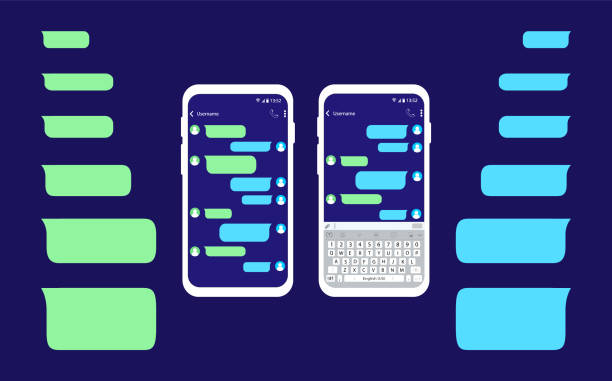Staying connected isn’t something people think about anymore—it just happens. Messages travel faster than thoughts, and conversations now spill from phones to laptops without missing a beat. Among the apps that make this possible, two stand out for how they’ve quietly shaped the way people talk online. One is a Chinese-language version of Telegram, built for users who prefer navigating in their native language. The other is WhatsApp’s web version, made for those who live half their day behind a screen.
They both serve the same need, keeping people close, even when they’re apart—but the way they go about it couldn’t be more different. One leans into flexibility and privacy; the other thrives on simplicity and familiarity. Together, they show how digital communication keeps evolving around real human habits.
A Messaging Space That Feels More Personal
For people who grew up speaking Chinese, the localized edition of Telegram feels almost like a familiar friend that finally learned their language. The layout, menus, and chats all flow naturally, making the app easier to use without having to wrestle with translation or guesswork. Under the surface, though, it’s still the same Telegram that’s known worldwide—fast, private, and endlessly adaptable.
It offers encrypted chats, cloud-based storage, and groups big enough to feel like bustling communities. But what makes this version special is how it brings all of that power into a space where language isn’t a barrier. Still, with every convenience comes a small note of caution. People should always make sure they’re downloading from a trustworthy source and that what they’re using respects Telegram’s original privacy standards.
A Seamless Way to Stay in Touch
Then there’s WhatsApp’s browser-based version—what many users know as whatsapp网页版登入. It’s a simple idea, really. You open the site on your computer, scan a QR code from your phone, and within seconds, your messages appear on the bigger screen. No extra setup, no waiting around. Just your same conversations, now more comfortable to type.
The appeal of this setup is how quietly efficient it feels. It’s perfect for anyone who spends long hours working or studying on a computer. Typing replies feels natural, dragging and dropping files takes seconds, and you can multitask without that constant phone-screen shuffle. Even better, it keeps WhatsApp’s end-to-end encryption intact, so your private chats stay private, whether you’re typing on a phone or a laptop.
How They Differ—and Why That Matters
Telegram中文版 Chinese version and WhatsApp’s web platform each fill different gaps in the way people communicate. Telegram focuses on giving users freedom, the ability to build large groups, customize bots, and explore features that go beyond just chatting. It’s for people who like having control over how their conversations are structured and who appreciate flexibility.
WhatsApp’s web version, on the other hand, takes the opposite approach. It doesn’t ask for much. There’s no need to learn anything new; everything looks and feels exactly like the mobile app. For millions of people who already rely on WhatsApp every day, switching between their phone and laptop feels almost seamless. It’s not flashy, but it works—quietly, reliably, and consistently.
Picking What Works Best for You
Choosing between the two often comes down to rhythm and habit. If you prefer something customizable, with room for large communities and privacy tools you can actually control, Telegram’s localized version might be your best fit. But if you’re drawn to convenience and already have your network on WhatsApp, the web version makes more sense. It’s that simple.
Of course, plenty of people use both. One for personal chats and family updates, the other for managing communities or projects. It’s not about loyalty to one app, it’s about finding a balance between ease and possibility.
Where Communication Is Heading
Both of these tools say something bigger about how people communicate today. Language and device barriers are slowly fading, replaced by an expectation that everything should just work—securely, instantly, and in whatever form you need. Whether it’s the Chinese-language Telegram or WhatsApp’s browser login, what really stands out is the effort to make human connection feel effortless again.
In the end, it’s not about apps or features. It’s about conversations, those quick hellos, long catch-ups, or simple “are you home yet?” messages that keep people tied together. These platforms don’t create that connection, but they make it easier to hold onto. And that, more than anything, is what keeps them worth using.

